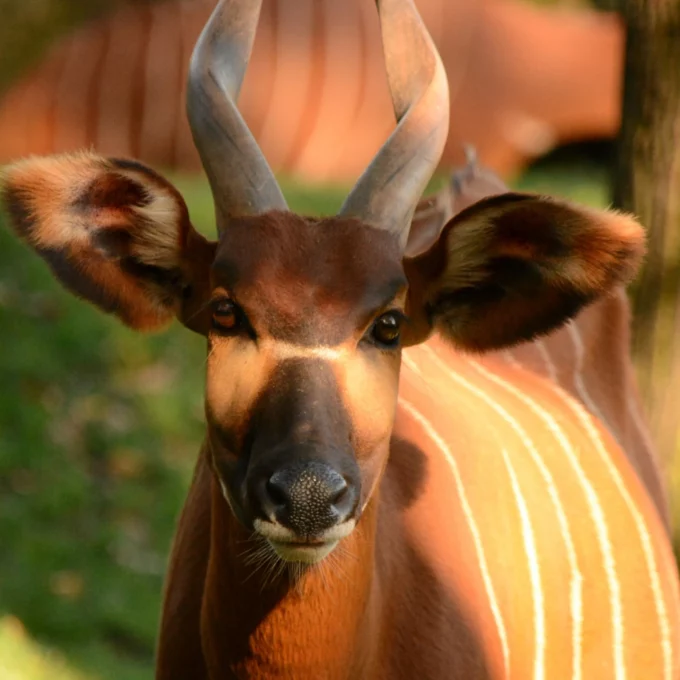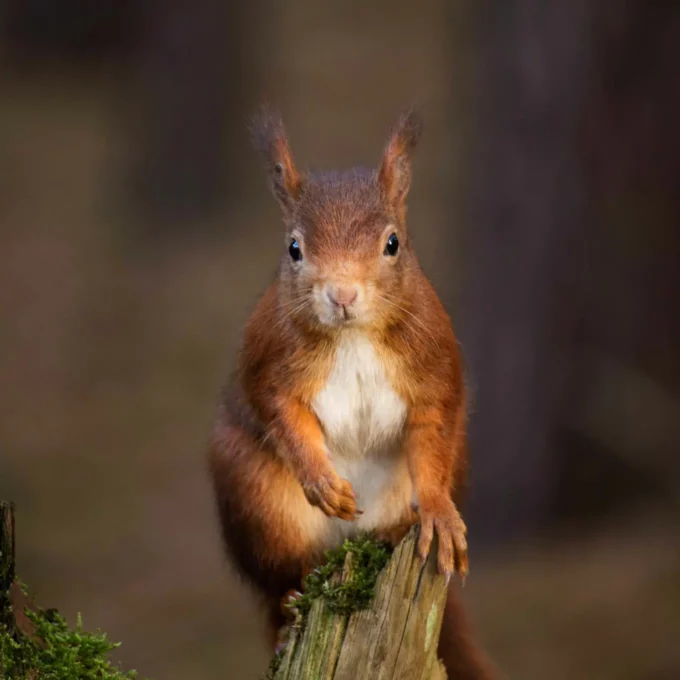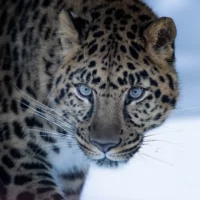Mountain bongos thrive on transitional vegetation on the edges of forests and in new growth areas following damage such as landslides, elephant disturbances and logging. They are herbivorous browsers, feeding on herbs, shrubs, creepers and bark. They visit mineral licks for salt and can eat burnt wood for its mineral content. They are mostly nocturnal and while bulls are solitary, females with calves travel in groups of up to ten.
Fun fact – Their spiral horns are used to dig up sapling roots to eat, and can reach 99cm long!
-
Ecology
-
Threats
This species has experienced dramatic population decline due to being hunted by local people’s domestic dogs and predated on by lions introduced to the Aberdares mountains. Illegal logging is reducing the forest available to them, and they are also susceptible to cattle-carried diseases such as Rinderpest which proved fatal to many bongos.
-
Conservation
A captive breeding programme is in progress in a Mount Kenya game ranch, with the aim of reintroducing these individuals to the wild in future. Research is also being done into the ecology of the Mountain Bongo. The Bongo Surveillance Programme also studies the largest group for information which could help shape future conservation work. Nature’s SAFE stores samples to increase the genetic diversity of future populations of Mountain bongos to aid their chances long-term survival.
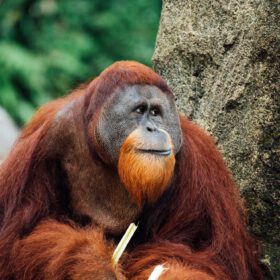
Fundraise for us
Sponsor a Fundraising Hero embarking on a challenge, or plan your own fundraiser to support us.
Get Started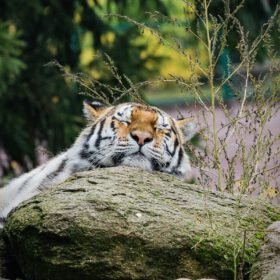
Corporate participation
Explore opportunities to develop a corporate partnership with us.
Get Started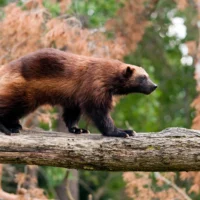
Wolverine
Total Population: Around 13,000 in the wild
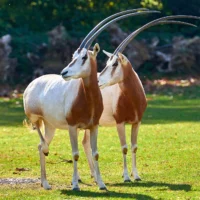
Scimitar-horned oryx
Total Population: Around 400 in the wild
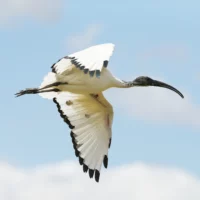
Sacred ibis
Total Population: 200,000 to 450,000 in the wild

Red-footed tortoise
Total Population: Unknown
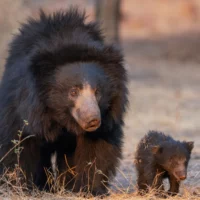
Sloth bear
Total Population: Less than 20,000 in the wild

Macaroni Penguin
Total Population: Around 12 million
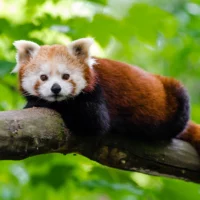
Red Panda
Total Population: Less than 10,000 in the wild

Bar-headed goose
Total Population: 97,000 - 118,000 in the wild

Little egret
Total Population: 660,000 to 3,150,000 in the wild

Asian short-clawed otter
Total Population: Unknown
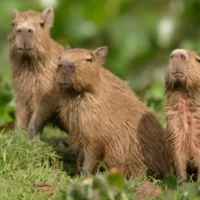
Capybara
Total Population: Unknown
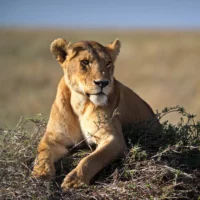
African Lion
Total Population: 20,000 - 25,000 in the wild

Patagonian Sea Lion
Total Population: 222,500 to 265,000 in the wild
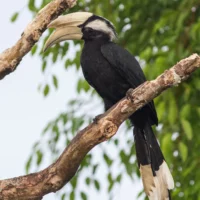
Black Hornbill
Total Population: Unknown
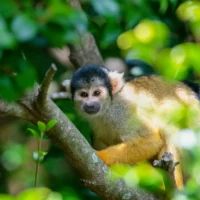
Bolivian squirrel monkey
Total Population: Unknown
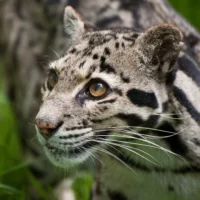
Clouded Leopard
Total Population: Less than 10,000 in the wild

Chimpanzee
Total Population: 170,000 - 300, 000 in the wild

Asiatic Lion
Total Population: Around 650 in the wild

Komodo dragon
Total Population: Around 3,500 in the wild
